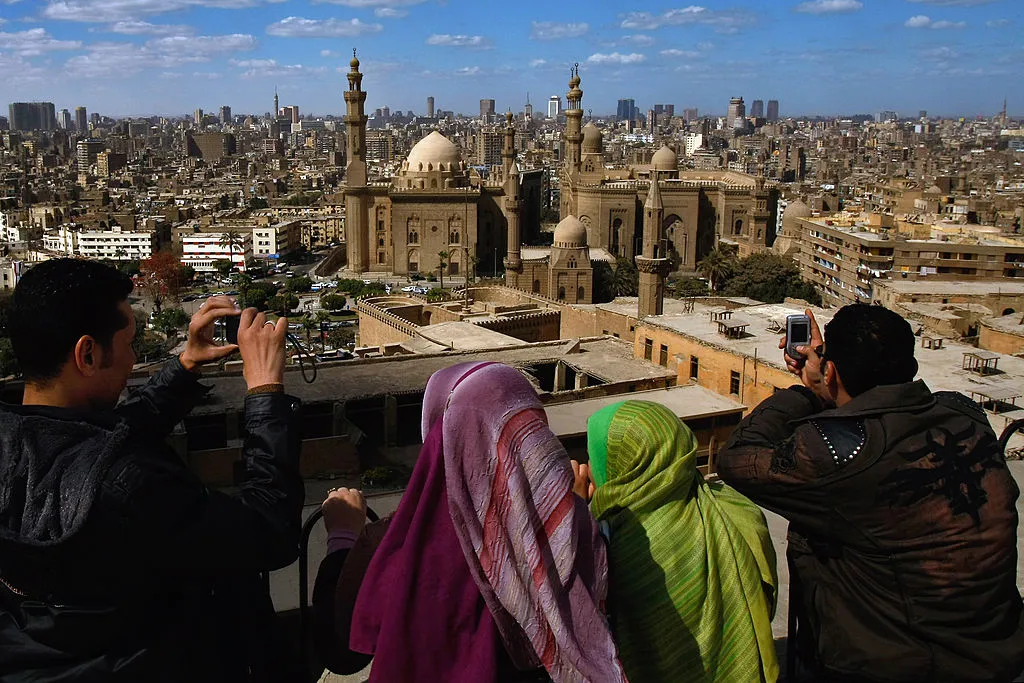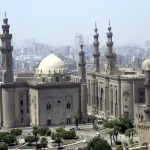
Egypt announced Sunday that it has expanded access to Cairo‘s Saladin Citadel, a nearly 850-year-old fortress that towers over the Egyptian capital.
The Citadel, according to the Egyptian government, is one of the city’s main tourist attractions and “probably the most popular Islamic monument” there. It was the seat of Egyptian government from the 13th century to the 19th century.
While parts of the fortress have been open to visitors since 1983, on Sunday, the city opened access to the Ramla and Haddad towers, among other sections, after a restoration effort.
The restoration and the opening of the sites is part of Egypt’s National Strategy for Developing Tourism, which was previously launched by Ahmed Eissa, Egyptian minister for tourism and antiquities, according to Egypt Independent.
“I’m being told by travel agencies that the citadel visit doesn’t last more than an hour. Our plan in the coming months is to extend the time in which visitors tour the citadel from one hour to at least three,” Eissa told reporters Sunday, according to Reuters.
“This is the first effort we’re making to relaunch Cairo as a new cultural product which we will call ‘Cairo City Break’, with the details to be unveiled in the coming months,” he added.
Expanded access to the Citadel comes as the country prepares to open the long-delayed Grand Egyptian Museum, which is set to open later this year and will house 100,000 artifacts across 12 exhibition halls and 484,000 square feet.
Egypt said last fall that it was attempting to double the amount of tourism to the country over the next five years with a goal of 30 million visitors by 2028. Last year, it reached 14.91 million tourists, the government announced Tuesday. It has set a goal of 18 million for 2024.
Tourism has long been a major source of income for the country, though the sector has suffered from terror attacks in recent years, along with the ongoing Israel-Hamas war in nearby Gaza.

